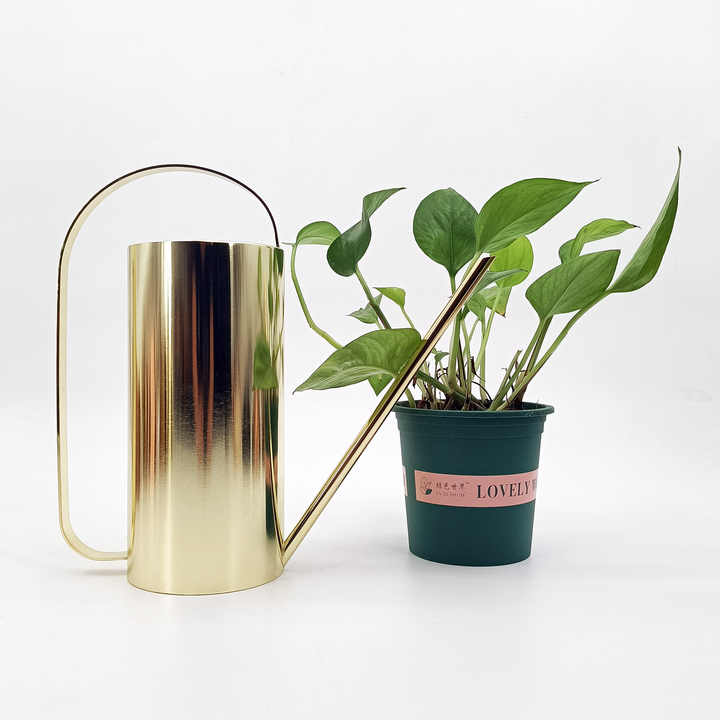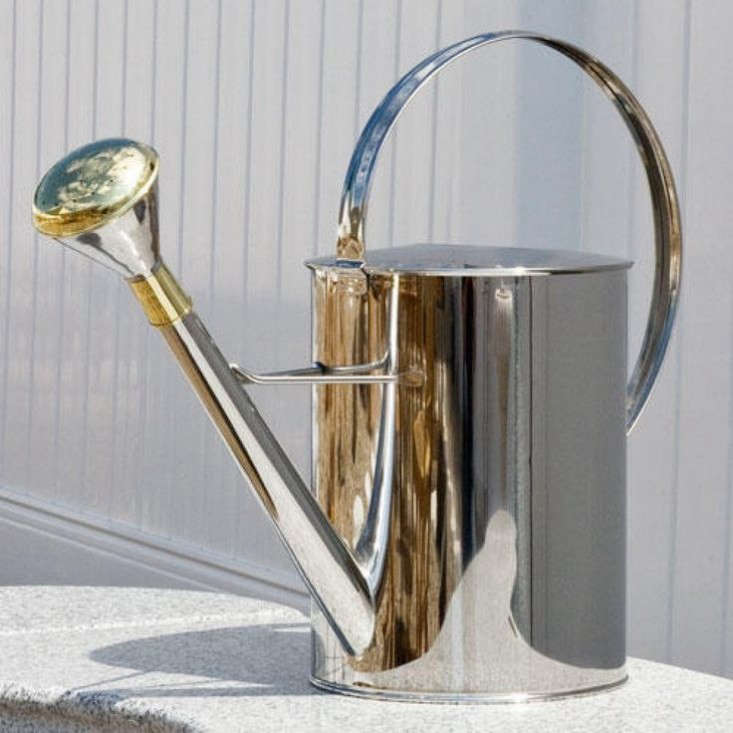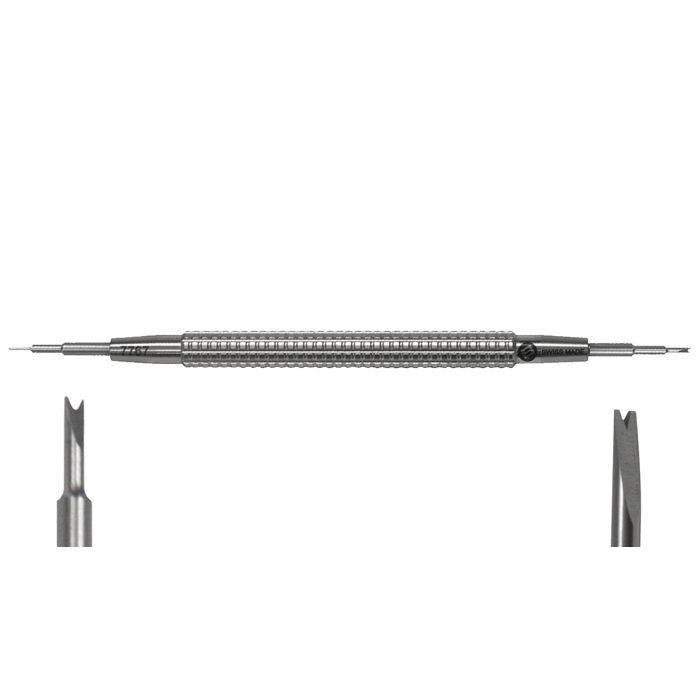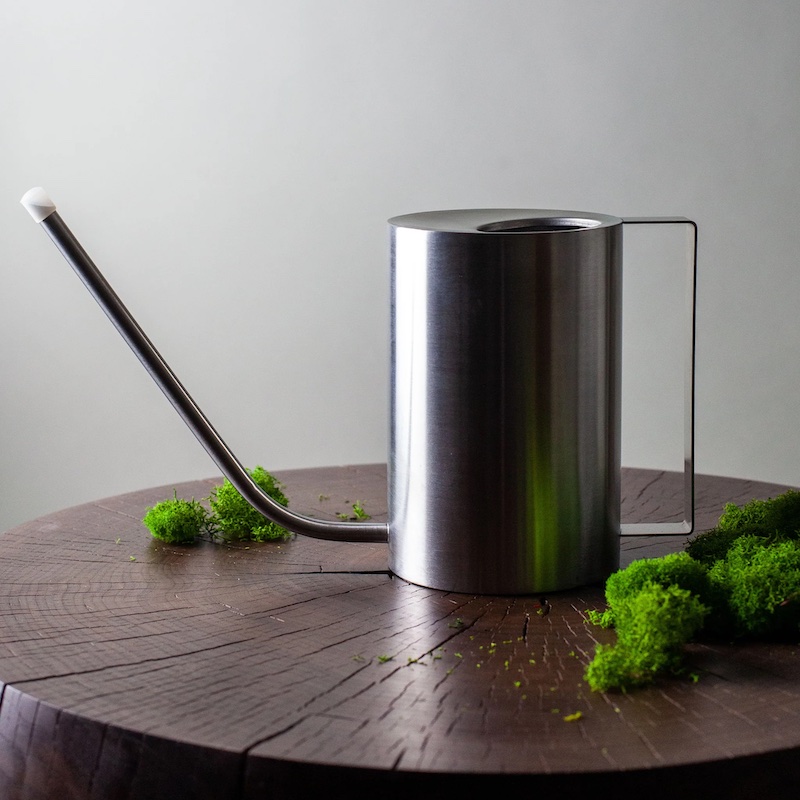
The Innovative Modern Watering Can for Every Gardener
The Evolution of Watering Cans: From Traditional to Modern
The watering can has come a long way from its humble beginnings. Earlier models were simple containers with a spout, often made from metals that would corrode over time. As gardening became a popular pastime, the need for more efficient and comfortable-to-use watering cans grew. This led to the development of the modern watering can, incorporating new features to cater to today’s gardening enthusiasts.
Modern watering cans boast a fusion of form and function. They incorporate ergonomic handles and spouts designed for precise watering. Gone are the days of heavy, rust-prone metal cans. Now, gardeners have the option to choose from a variety of materials, including lightweight plastics and rust-resistant metals. The aesthetics have also changed, with many modern watering cans showcasing sleek and contemporary designs that are as decorative as they are functional.
As gardens vary in size and complexity, so too have watering cans evolved to meet these needs. From basic designs for the casual indoor plant keeper to sophisticated models for the extensive outdoor gardener, the modern watering can offers a tailored experience. They can include features like adjustable spray nozzles, easy-to-fill openings, and comfortable grips, all while keeping the style in mind. With a modern watering can, gardeners can nurture their plants with precision and ease, making the act of watering less of a chore and more of a pleasurable gardening ritual.
Key Features of a Modern Watering Can
A modern watering can is not just a container for water; it’s a gardener’s ally. Here are key features that make it stand out:
Ergonomic Design
An ergonomic design ensures comfort and ease of use. Look for a watering can with a handle that is easy to grip. It should balance well in your hand, even when full. The best designs reduce strain on your wrist and make watering a breeze.
Durable Materials
Today’s watering cans use materials that last. Choose ones made from lightweight plastics or stainless steel. These materials resist rust and can handle sunlight exposure. Look for a watering can that feels sturdy yet not too heavy.
Precision Watering: Spouts and Nozzles
A modern watering can should deliver water right where it’s needed. Long spouts and adjustable nozzles make this possible. They help you reach under leaves and direct water to the soil, not the foliage.
Types of Modern Watering Cans
When selecting a modern watering can, one must consider the setting they will use it in. Different environments require unique features for optimal functionality. Below are types of modern watering cans designed for specific uses.
Indoor Watering Cans
For indoor plant care, watering cans are compact and designed to prevent water from spilling. An indoor watering can often has a slender spout for targeted watering, helping to avoid water waste. Its size is perfect for fitting into tight spaces between pots. The lightweight nature of these cans makes them easy to maneuver around the home.
Outdoor Watering Cans
Outdoor watering cans cater to the demands of a larger garden space. They come with greater capacity, often ranging from one to several gallons. Outdoor cans may feature a more durable build to withstand the elements. They also have broader spouts or attachable heads for widespread irrigation, making them suitable for a variety of plants.
Self-Watering Cans
Self-watering cans provide a solution for gardeners who cannot water their plants daily. They come with a mechanism that slowly releases water over time. This ensures that plants receive consistent moisture, even in the gardener’s absence. These cans are ideal for both indoor and outdoor use and are particularly useful for diligent plant care during busy schedules or vacations.
Must-Have Watering Cans for Different Types of Gardeners
Gardeners each have their unique needs, factoring in the plants they grow and the space available. A modern watering can should align with their gardening style and requirements. Gardening in various settings emphasizes the need for specialized watering cans. Below are the essential modern watering cans for different types of gardeners.
The Urban Gardener
Urban gardeners often deal with limited space and may have balcony gardens or small potted plants. A modern watering can for the urban gardener is compact and stylish. It should have a slender spout to navigate tight spaces and deliver water with precision. Urban gardeners benefit from models that are space-efficient and can be easily stored.
The Succulent Enthusiast
Succulents require a delicate touch and minimal water. Enthusiasts must invest in a modern watering can with a fine mist nozzle or a very narrow spout. This ensures gentle watering that avoids over-saturation of the soil. The ideal can is small, allowing for careful control and avoiding excess moisture.
The Vegetable Grower
Vegetable growers require a robust modern watering can with a larger capacity. This is crucial for tending to the water needs of vegetable beds efficiently. They may also need detachable, wider spouts or spray heads for even distribution of water across a larger area. Durability is key, as vegetable gardening involves frequent, often daily watering.
Innovative Watering Can Designs
When it comes to innovative design, modern watering cans have more to offer than ever before. Designers have taken both functionality and storage into account, pushing the boundaries of what a watering can can be. Two standout design advancements include collapsible watering cans and decorative options, which suit a range of gardening styles and storage situations.
Collapsible Watering Cans
Collapsible watering cans represent a leap in convenience and storage solutions. These cans are perfect for gardeners who struggle with limited space. Typically made from flexible materials like silicone, they expand to hold water when in use and collapse flat when empty. This feature makes them easy to tuck away in between uses. They are lightweight and often come with detachable spouts for easy cleaning. Ideal for the modern lifestyle, these cans blend functionality with smart design.
Decorative Watering Cans
In contrast, decorative watering cans double as garden art. These cans are crafted not just for watering but also to enhance the beauty of the space they inhabit. Made from materials like copper, ceramic, or elegantly painted metals, they often feature intricate designs. While these aren’t always the most practical for larger gardening tasks, they are perfect for displaying on a shelf or using for small, indoor plants. They bring a touch of elegance to the act of gardening and make for a great conversation piece.
How to Choose the Right Watering Can for Your Needs
Choosing the right modern watering can be vital. Your choice should match your gardening routine and the plants you care for. Consider these aspects before making your purchase.
Capacity and Size
The size of your garden influences your watering can’s capacity. For small indoor spaces, choose a compact watering can. Consider a larger one for outdoor gardens. Remember to balance size with comfort in handling.
Functionality Versus Aesthetics
Functionality should be top priority. But aesthetics matter too. Go for a watering can that performs well and aligns with your style. It should be easy to use and look good in your garden. Prioritize features like ergonomic handles and adjustable nozzles. But don’t overlook an appealing design that suits your taste.
Care and Maintenance for Your Watering Can
Proper care ensures your modern watering can lasts longer and remains effective. Follow these simple tips to maintain its condition.
Cleaning and Storage Tips
After each use, empty your watering can to prevent algae growth or sediment buildup. Clean it regularly with a mild soap solution and rinse thoroughly. Avoid harsh chemicals that could damage materials. Store the can in a dry place, away from direct sunlight to prevent fading and material degradation. If your can is collapsible, ensure it is dry before folding to avoid mildew.
Longevity and Replacement
Inspect your modern watering can often for signs of wear, such as cracks or rust. Replace any worn components, like o-rings or nozzles, to maintain functionality. With attentive care, a good quality watering can will serve you well for many seasons. When it’s time to replace your can, look for signs of irreversible damage or leaks. Proper disposal is also important. Recycle materials if possible and consider eco-friendly options for your next purchase. Regular maintenance paired with timely replacement will make your gardening efforts both enjoyable and sustainable.
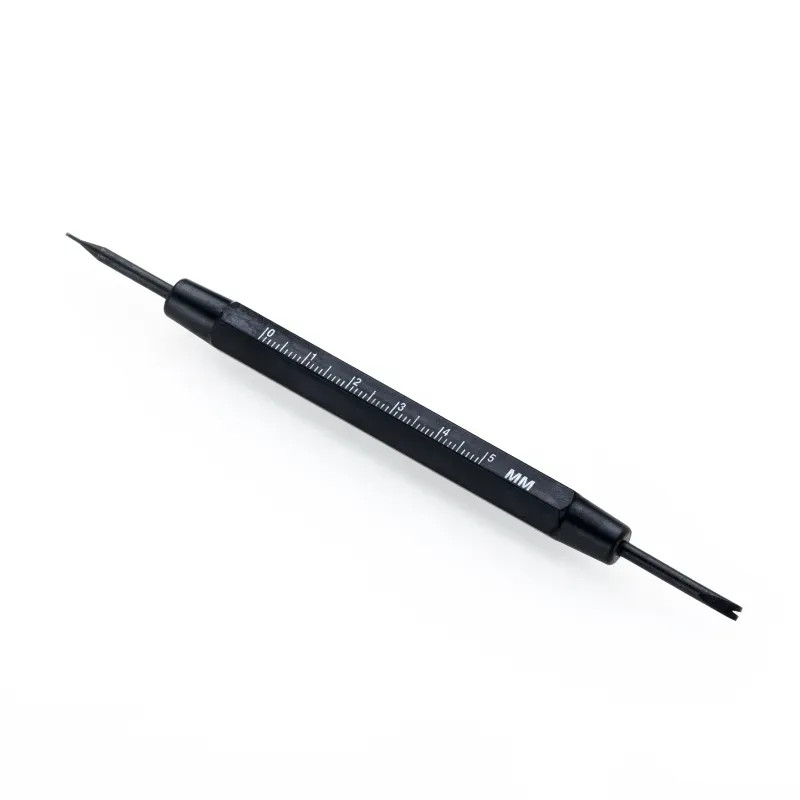
The Guide to Spring Bar Tool: Everything You Need to Know
Introduction:
Spring bar tools are an essential accessory for any watch enthusiast or collector. These handy tools are used to remove and insert spring bars, which are the small metal pins that hold a watch strap or bracelet in place. In this comprehensive guide, we will explore the different types of spring bar tools, how they work, and tips for using them effectively. Whether you are a novice or seasoned watch aficionado, this article will provide you with everything you need to know about spring bar tools.
Part 1: Understanding Spring Bars
Level 1: What Are Spring Bars?
Spring bars are small, spring-loaded metal pins that are used to secure watch straps or bracelets to the lugs of a watch case. They come in various sizes and can be made of stainless steel, brass, or other materials.
Level 2: How Do Spring Bars Work?
Spring bars have two small spring-loaded ends that can be depressed to fit into the lug holes of the watch case. Once released, the springs hold the watch strap or bracelet in place securely.
Part 2: Types of Spring Bar Tools
Level 1: Basic Spring Bar Tools
Basic spring bar tools consist of a handle with a pointed, forked end that is used to compress the spring bars and remove them from the watch lugs. These tools are simple and straightforward to use.
Level 2: Advanced Spring Bar Tools
Advanced spring bar tools may have additional features, such as interchangeable tips, adjustable pins, or ergonomic handles. These tools are designed for more precise and versatile use.
Part 3: How to Use a Spring Bar Tool
Level 1: Removing Spring Bars
To remove a spring bar, place the forked end of the spring bar tool between the watch strap and the lug. Gently press down on the spring bar to compress it, then carefully pull the strap away from the lug.
Level 2: Inserting Spring Bars
To insert a spring bar, place the forked end of the spring bar tool between the watch strap and the lug. Press down on the spring bar to compress it, then align the spring bar with the lug hole. And release the tool to secure the strap in place.
Part 4: Tips for Using Spring Bar Tools Effectively
Level 1: Use the Right Size
It is essential to use the correct size of spring bar tool for your watch’s lug width. Using the wrong size tool can damage the watch case or the spring bars.
Level 2: Take Your Time
When using a spring bar tool, it is crucial to be patient and take your time. Rushing can lead to accidental scratches or damage to the watch or strap.
Part 5: Maintenance and Care for Spring Bar Tools
Level 1: Cleaning and Lubricating
Periodically clean and lubricate your spring bar tools to ensure smooth operation. Remove any dirt or debris and apply a small amount of lubricant to the moving parts.
Level 2: Storage
Store your spring bar tools in a dry and clean place to prevent rust or corrosion. Keep them in a protective case or pouch to avoid damage.
Part 6: Importance of Quality Spring Bar Tools
When it comes to working with spring bars, having a high-quality spring bar tool becomes essential. A quality spring bar tool is not only durable but also ensures precision and control when removing and inserting spring bars. The tips of the tool should be sharp and precise to easily manipulate the spring bars without causing damage to the watch or watch band.
Additionally, a quality spring bar tool will have a comfortable grip that allows for extended use without causing hand fatigue. The handle should provide a good grip and for ease of use. This is especially important for professionals or hobbyists who frequently work with watch bands and straps.
Moreover, a good spring bar tool is versatile and compatible with various types and sizes of spring bars. It should be able to accommodate different watch band thicknesses and watch case designs. This versatility ensures that the tool can meet a wide range of watch models and styles.
In conclusion, a quality spring bar tool is a crucial investment for anyone who regularly works with watches and watch bands. It will provide precision, control, and versatility, ultimately making the process of removing and inserting spring bars much easier and safer.
Part 7: Types of Spring Bar Tools
There are several different types of spring bar tools available on the market. Each designed to serve a specific purpose or accommodate various preferences. The most common types of spring bar tools include the standard forked end tool, the pointed end tool, and the double-sided forked end tool.
The standard forked end tool features two thin, fork-shaped tips that are used to compress the spring bar ends and release them from the watch lugs. This type of tool is versatile and can be used for most watch bands and straps.
The pointed end tool, on the other hand, features a pointed tip on one end and a forked tip on the other. The pointed tip is used to push spring bars out of the watch lugs. While the forked tip is used to compress and insert spring bars. This type of tool is great for working with watches that have limited space between the lugs.
Finally, the double-sided forked end tool has two forked tips of different sizes on opposite ends of the handle. This allows for versatility in handling different sizes of spring bars and watch bands.
Ultimately, the choice of spring bar tool comes down to personal preference and the specific needs of the user. Each type of tool has its own advantages and may be better suited for different watch bands and watches.
Part 8: Tips for Using a Spring Bar Tool
Using a spring bar tool requires a certain level of skill and knowledge to avoid any damage to the watch or watch band. Here are some tips for using a spring bar tool effectively and safely:
- Choose the right tool for the job – Select a spring bar tool that is suitable for the type of watch band and watch case you are working with.
- Use masking tape – To prevent scratching the watch case or lugs, apply masking tape before using the spring bar tool.
- Hold the watch securely – When removing or inserting spring bars, ensure that the watch is held securely in place to prevent any accidental damage or slipping.
- Work in a well-lit area – Proper lighting is essential to see the spring bars and work with precision.
- Be patient – Take your time and work slowly and carefully to avoid any mishaps or accidents.
By following these tips, you can effectively use a spring bar tool to remove and insert spring bars without causing any damage to your watch or watch band.
Conclusion:
In conclusion, spring bar tools are an indispensable accessory for any watch enthusiast. Understanding the different types of spring bar tools, how to use them effectively. The proper maintenance will ensure that you can confidently work with your watches and watch straps. Whether you are changing straps for fun or performing repairs, it will make the process much smoother and enjoyable. With this guide, you now have all the knowledge and tips to make the most out of your spring bar tool.
